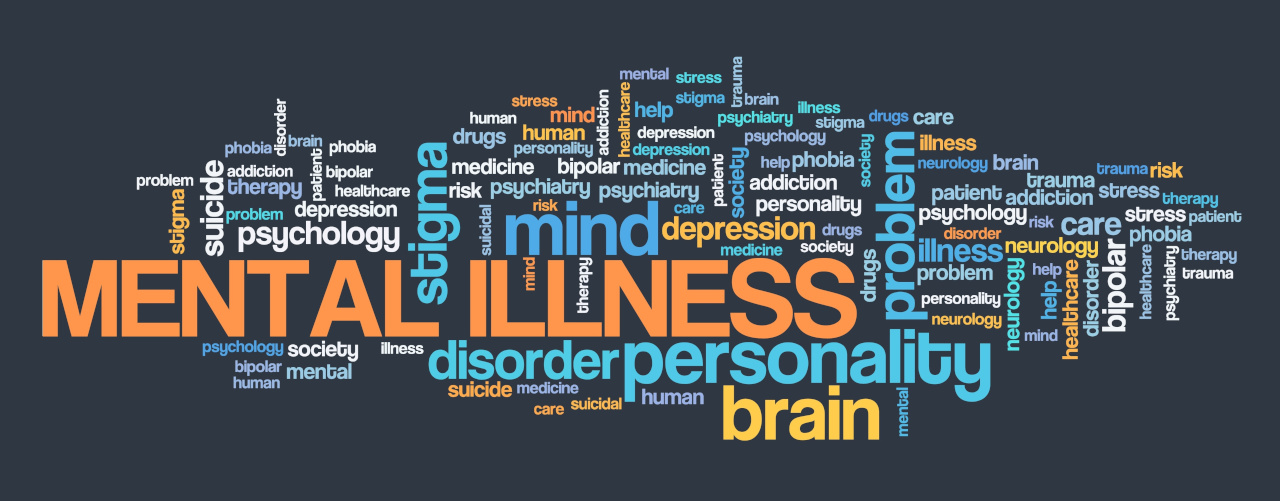Helping teenagers find a realistic self-perception is critical for them to move into adulthood with a healthy frame of mind. Recently Piers Morgan came under fire for his doubt of Megan Markel’s claims of suicidal thoughts. It wasn’t his doubt they got him in trouble; it was the backlash of diminishing or belittling mental illness.
The last year has seen a significant upheaval in societal perceptions of LGBTQ lifestyles and behaviors. Historically these behaviors have been classified by psychologists in the same categories as bulimia and anorexia because they pertain to a person’s flawed self-perception. Psychologists have considered them as forms of mental illness. But now, the world is trying to normalize lesbian, Gay, bisexual, trans, and queer behaviors. To normalize means to brings something to “bring something to a standard condition.” These are no longer mental illnesses but “normal” lifestyles.
According to the CDC, between 1.2% and 6.2% of adults identify as transgender. Consequently, far less than 10% of the human population. is now to be considered “normal “. Ironically, the CDC also reports that nearly 8% of adults between the ages of 18 and 25 experience suicidal thoughts or ideations. This is significantly higher than adults who identify as transgender. Suppose transgenderism is normalized because less than 3% of the population identifies as transgender. In that case, it would only logically stand to reason that suicidal ideation is also “normal. ” In fact, based upon statistical information, suicidal thoughts are far more common (therefore, normal) than transgenderism.
Statistically speaking, “normal” is not determined by societal values, beliefs, or mores. “Normal” is defined by the percent of the human population that experiences the phenomenon. More specifically, normal is two standard deviations from norm (50%) which is 68% percent of the human population. This leaves 16% at both ends of the spectrum. Therefore, by virtue of human experience, LGBTQ and suicidal thoughts are not typical. But suppose we are going to be fair and apply consistent reasoning across all human experiences. In that case, suicidal thoughts are as common as occurrences of LGBTQ and, therefore, are indeed normal as represented by the percentage of humans that experienced them. Ergo, if transgenderism is not a mental illness, then neither is suicidal ideation.



